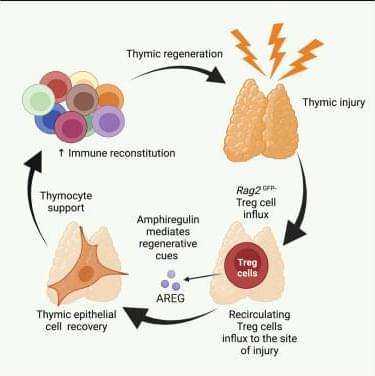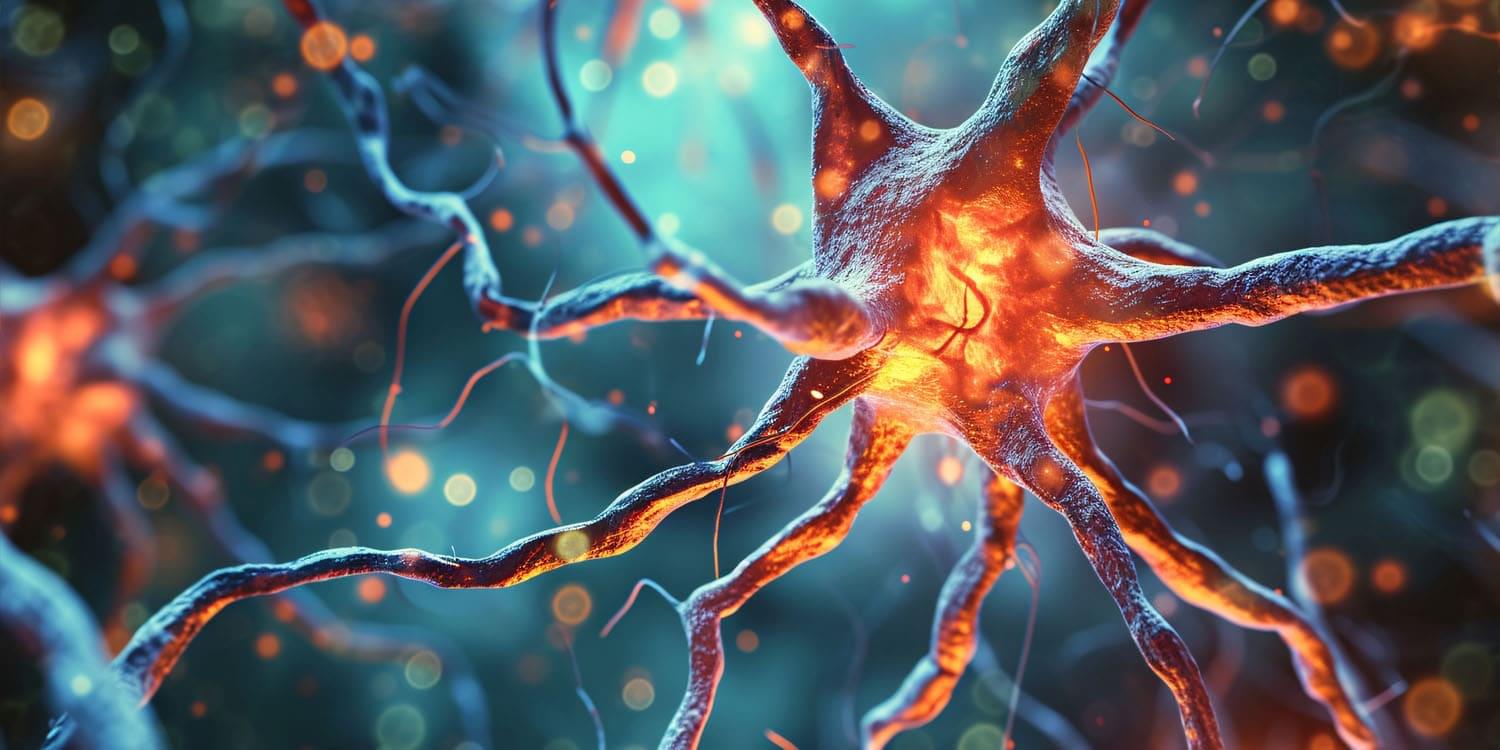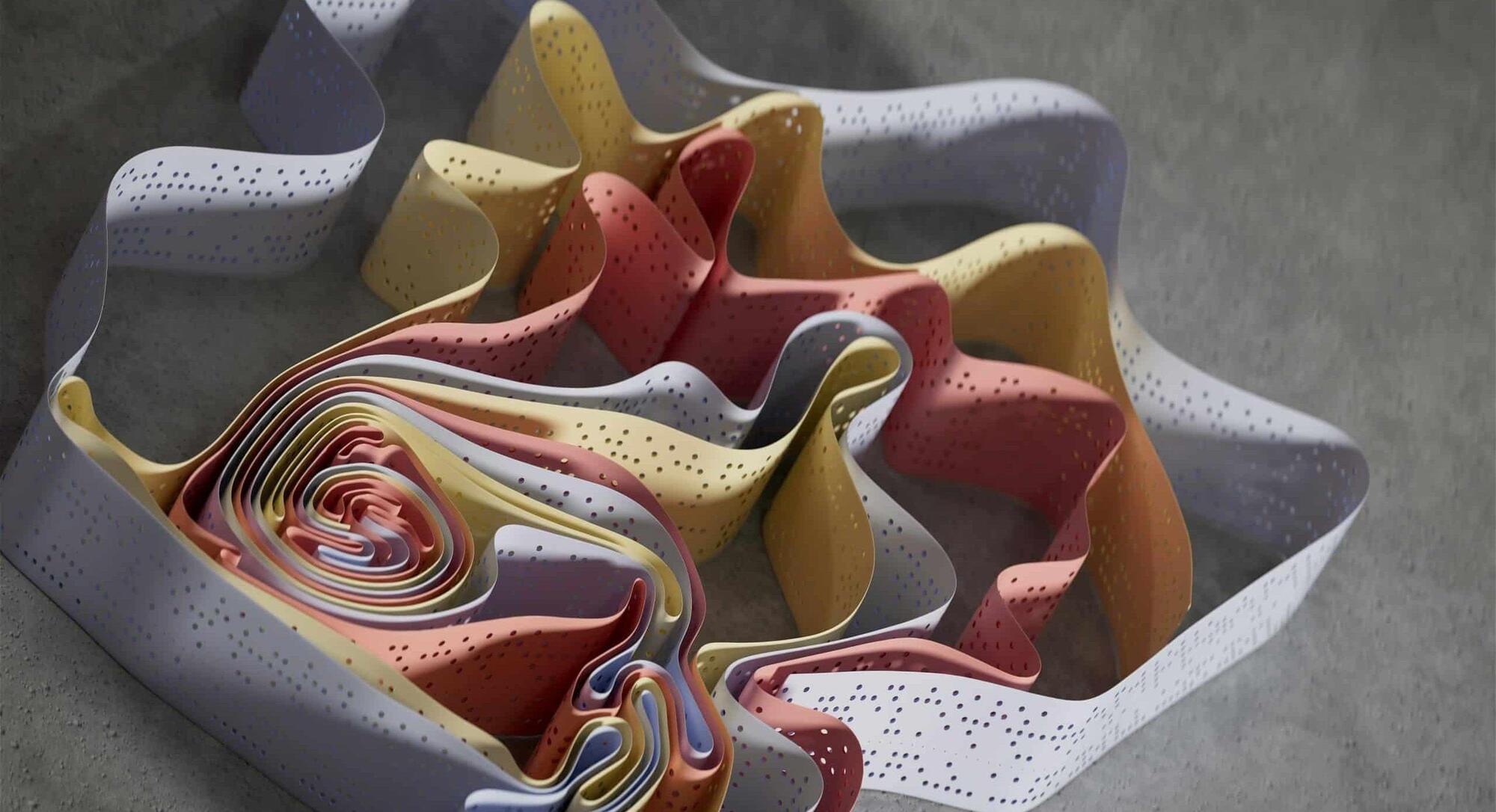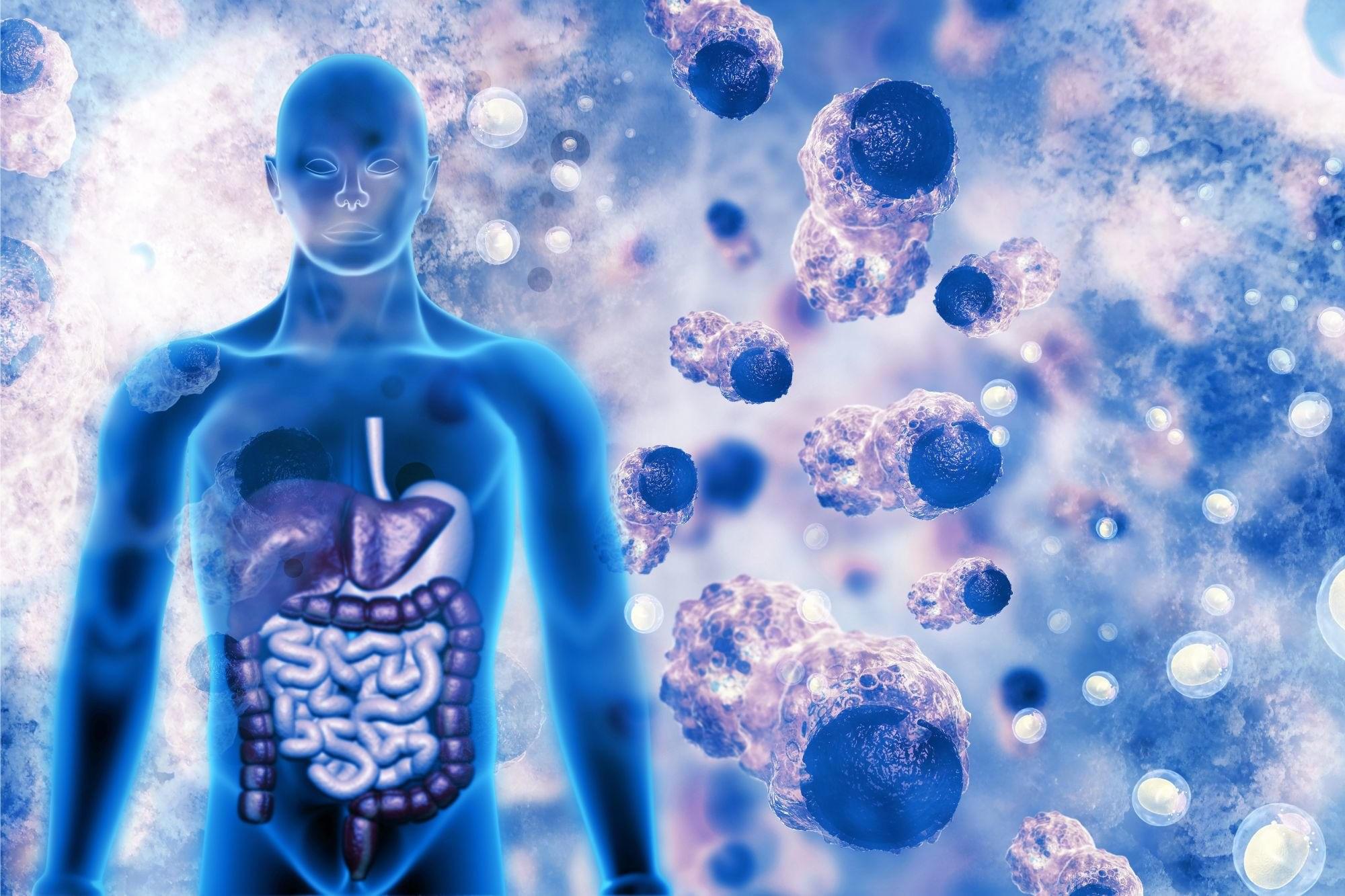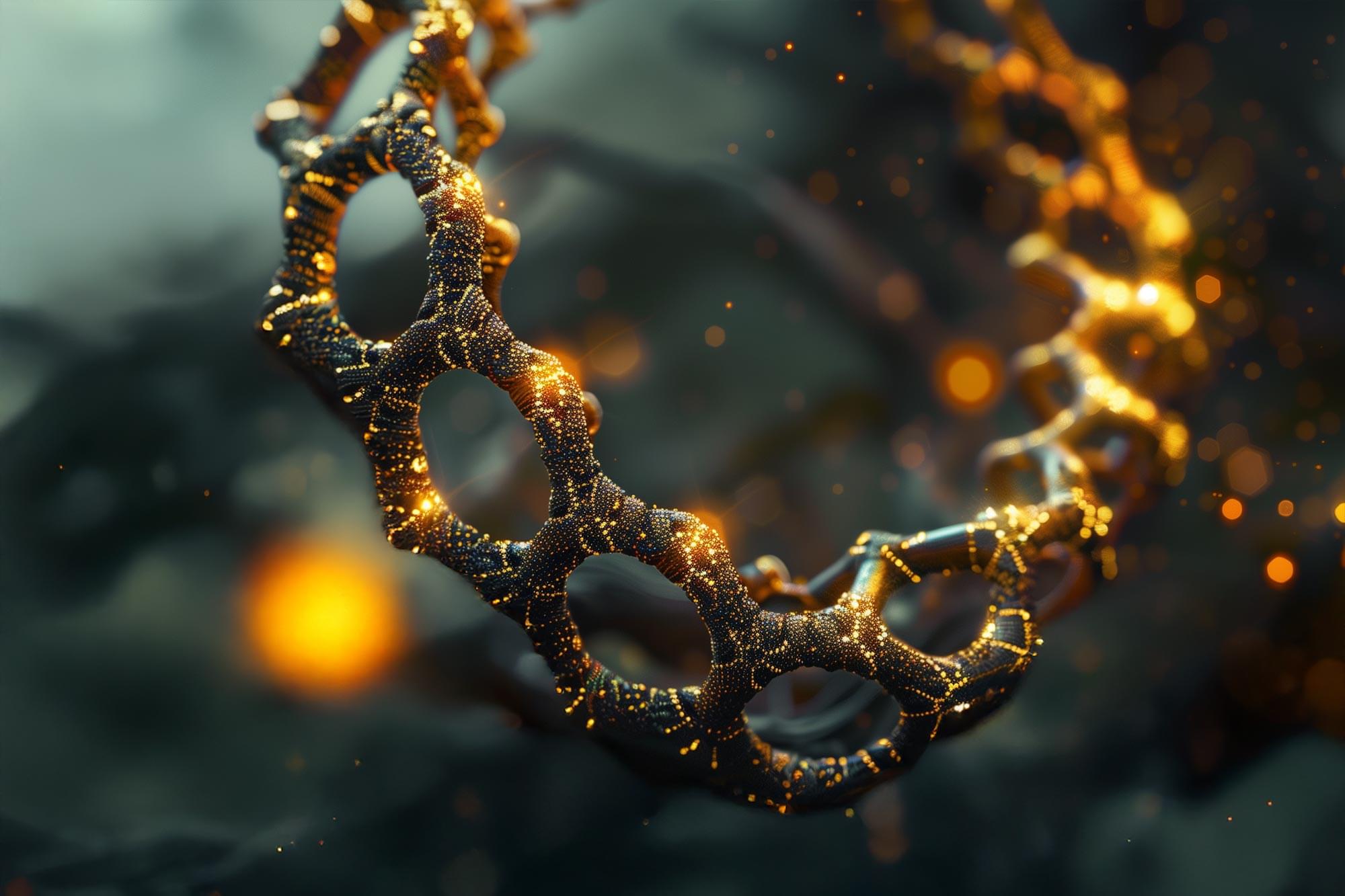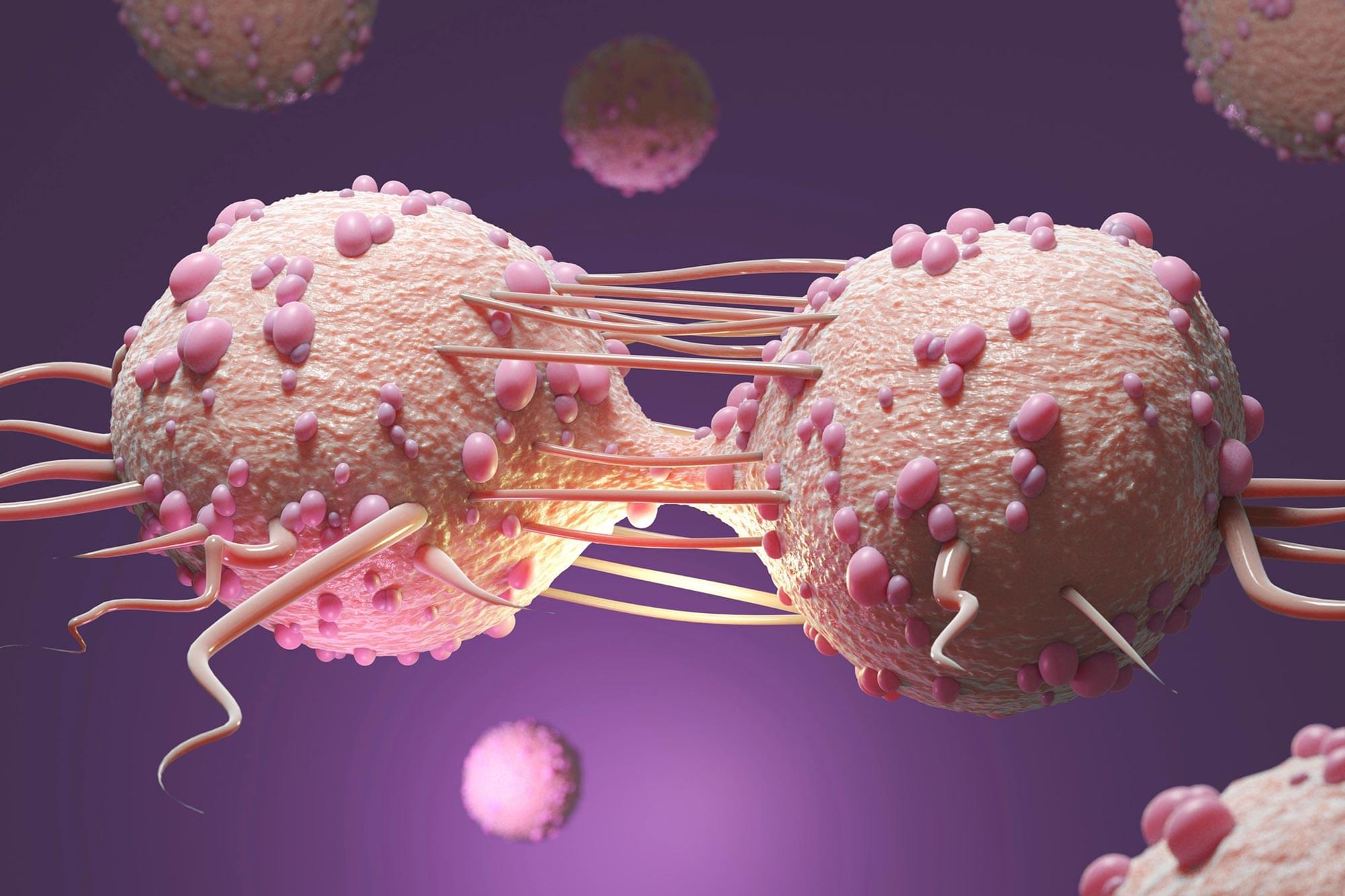The immune system is a marathon, not a sprint.
New research reveals stem-like T cells that help fight disease longer—a breakthrough for cancer treatments and vaccines. Discover more via Pursuit → unimelb.me/3EnoujK
It’s a reminder that, much like training for a race, scientific discovery demands persistence, teamwork and a clear goal.
While more work is needed to translate these findings into real-world applications, harnessing the unique strengths of stem-like T cells and their regulation paves the way for innovative treatments that could redefine how we tackle chronic diseases and cancer.
This study is a collaborative effort between the Doherty Institute, the Peter MacCallum Cancer Centre, La Trobe University, Northwestern University (USA), the Olivia Newton-John Cancer Research Institute, the University of Birmingham (UK) and the University of Melbourne.


